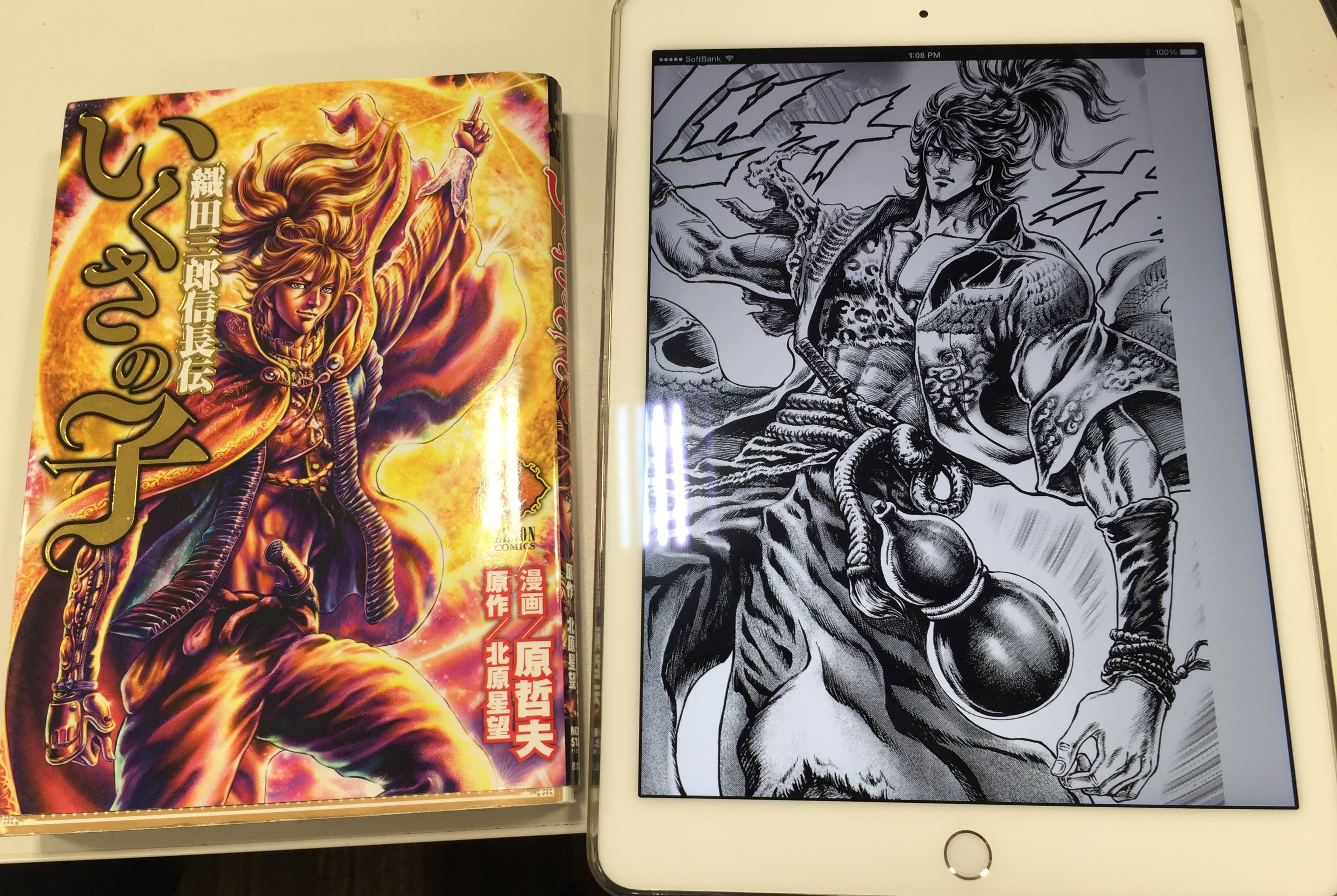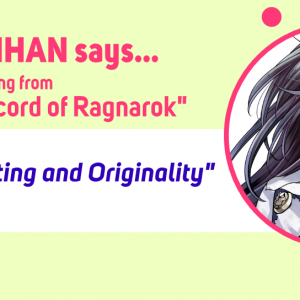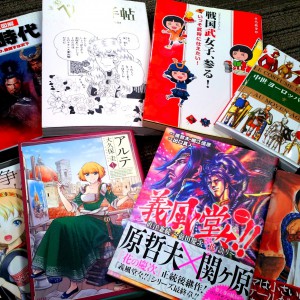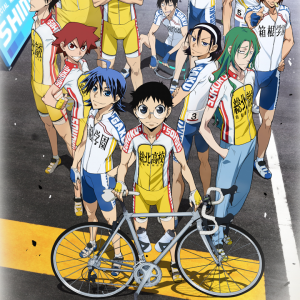
A few decades ago, you could always count on finding an abandoned manga magazine lying in the train’s luggage rack. However, if you look today, they are nowhere to be seen. Those who read books, newspapers, or magazines during their commute are in the minority these days. Regardless of age or gender, most passengers are staring at their iPhone screens. In a very short span of time, cellphones have become universal, and together with the latest smartphones, they have completely changed the day-to-day scenery of Japan.
Of course, magazines and newspapers have also since gone digital, but in the beginning, manga proved too difficult to read on a small device, creating a barrier for the industry. When “cellphone comics” first appeared, only one or two panels could be displayed at a time. This meant that readers couldn’t appreciate manga’s distinctive double page spreads.
However, in recent times, thanks to the Kindle and various reading applications, those who preferred paper books are slowly being converted to digital media. E-books also have the benefits of being cheaper, and not taking up any space. With both options available, some users choose to first try a new manga in digital format, then buy the paper version if they really enjoy it. As such, you cannot say that digital is completely replacing paper.
Publishers also benefit from E-books not taking up space. Since they don’t need to pay for storage space, they can afford to revive old series which have long been out of print. While it’s possible to find rare books in second-hand stores, the prices are sometimes inflated, and even if you do buy it, the artist doesn’t receive a cent. But with digital media, the reader can buy older works at a reasonable price, and the artist can earn royalties, leading to a healthy market.
By the way, there’s a website called “The Out-of-Print Manga Library” (www.zeppan.com), run by manga artist Ken Akamatsu, where you can read old manga for free! Started in 2010, it now has over 3200 titles. Registration is free, and you can read as much as you want. Revenue is earned through advertising, so there’s also a way for the artists to earn royalties.
This July (2015), all eyes are on manga artist Miso Suzuki’s new report manga titled “Densho no Hanashi”, which is based on interviews with key players in the digital manga world. In 2013, Miso Suzuki withdrew his works from his publisher, and began selling kindle versions of them on amazon as an individual instead. Selling as an individual, he could pocket a whopping 70% of the proceeds, and he earned over 10 million yen in total.
Miso Suzuki discloses his full experience, but that doesn’t mean that anyone can succeed with this method. Unlike in a bookstore, there’s no chance of your cover catching someone’s eye by chance. And without a publisher, you have to do all the advertising on your own. If you want to concentrate solely on creation, and don’t have the energy to put into studying E-commerce, then this method is not for you.
However, Densho no Hanashi gives us a glimpse of the publishing world of tomorrow. It’s only natural that the medium evolves with the times. This is a groundbreaking new title that points the way to the future!
Article: Kozue Aou
Translator: Andrew L.


















